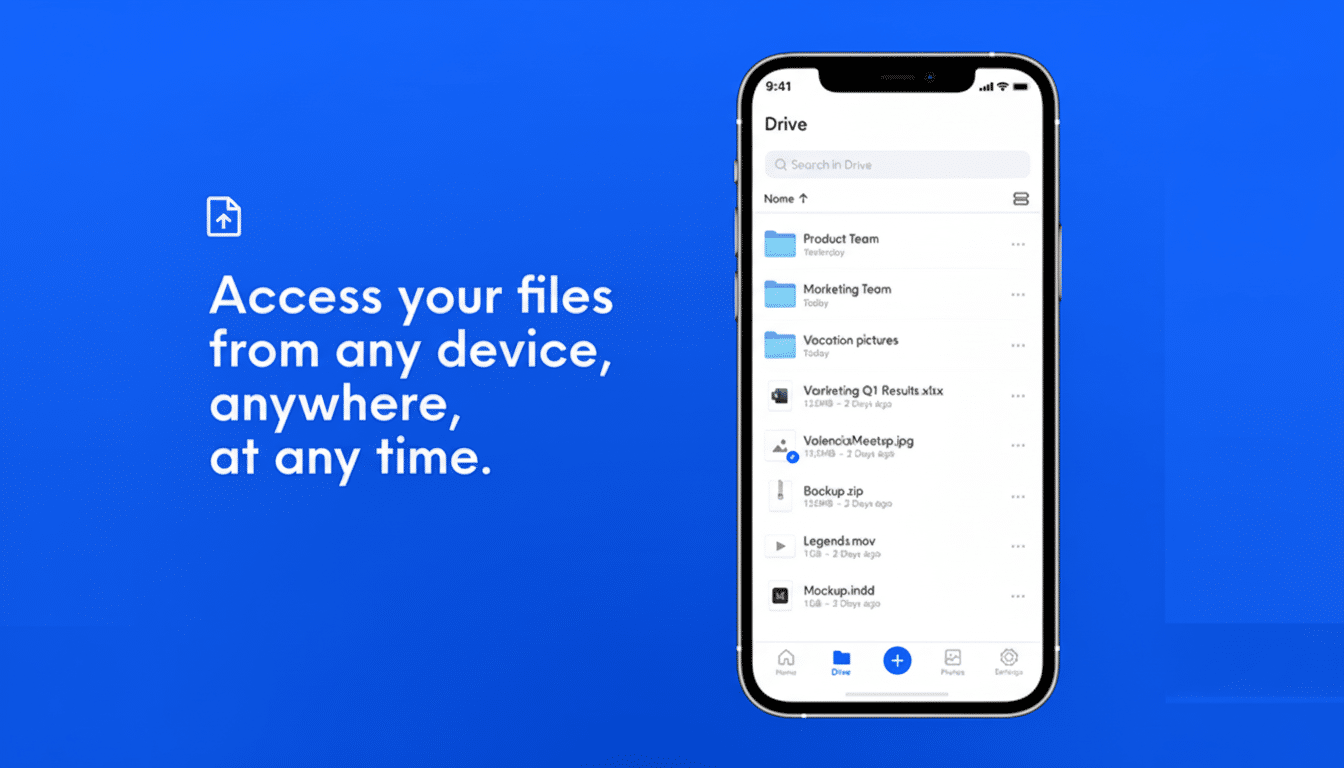A privacy-focused cloud storage provider is doing something completely alien to most tech companies with public clouds — slashing the price of its 10TB plan. Internxt, which is best known for privacy-focused open-source cloud services that are end-to-end encrypted and provided through a zero-knowledge architecture, has the enormous storage tier available right now as a one-time payment of $279.97 — normally priced at $2,900 (MSRP).
The core appeal is a simple one: reserve yourself a double-digit terabyte vault with no recurring fees. But the context matters, too. Whatever the case, Internxt’s emphasis on transparency — open code, client-side encryption, design that helps ensure decryption keys stay with the user — is squarely aimed at folks who want a lot of storage without sacrificing control of their data.

What the 10TB Deal Gets You in Features and Platforms
The 10TB tier offers secure storage, syncing, and sharing across Windows, macOS, Linux, Android, and iOS, with a browser app for fast access any time. The service’s architecture is such that your files are encrypted on your device before they exit it, so Internxt’s servers only store ciphertext. The company also touts post-quantum encryption choices and GDPR compliance — two signposts designed to reassure privacy-aware businesses and EU-based users.
In operational terms, 10TB is a runway: multiyear photo libraries and 4K video films, RAW image libraries, or professional collaborative creative projects for design teams at full tilt. Modern phones produce videos that fill multi-gigabyte albums and most households can quickly outgrow 2TB; for creators and small businesses, 10TB is the difference between ruthless pruning and an uncluttered workflow.
How It Compares on Price Against Major Competitors
It comes down to harsh math for consumers. For example, Google’s 10TB plan normally hovers around $50 per month, or roughly $600 a year. The closest comparable consumer tier from Apple is 12TB on iCloud, typically about $60 per month. Dropbox and Microsoft emphasize smaller individual allotments or business bundles that grow less quickly. Comparatively, Internxt’s $279.97 one-time cost essentially “breaks even” with a $50 monthly plan in about six months of use.
There are some occasional “lifetime” deals from its competitors in the privacy business, but those often cross into four figures for double-digit terabytes. On a straight price-per-terabyte basis, the Internxt offer is aggressive: roughly $28 per terabyte with no plans to renew automatically. Whether that’s sustainable for the long term is something Internxt will still need to demonstrate, but for buyers, it has clear up-front savings.
Security Model and Transparency in Internxt’s Design
Internxt’s security pitch revolves around a zero-knowledge setup: the provider does not have your encryption keys, so it cannot decrypt your files. Using open-source code encourages scrutiny by third parties, including hackers eyeing a quick buck — a practice also recommended by groups such as the Cloud Security Alliance, which urges cloud services to be transparent and independently scrutinized by experts.
One thing to consider is post-quantum encryption. As the US National Institute of Standards and Technology drives standardized algorithms such as CRYSTALS-Kyber for key establishment, vendors are now working to make data ready for whatever advances in quantum computing may hold. “Our era of digital encryption may be coming to an end sooner than we believed,” said Troy Ligon, a global data protection and privacy attorney, writing in Data Privacy Reporter. While our archiving is not overwhelmingly threatened by quantum peril today, designing for PQC readiness can help us minimize the risk of migration should such a day arrive for long-term archives.

What to Look for Before You Switch Cloud Providers
As with any low-cost cloud deal, read the fine print. Find out if the one-time purchase includes upgrades, bandwidth limits, or file-size caps, and how it handles features such as file versioning, password-protected links, and two-factor authentication. Inquire about redundancy and recovery, what uptime guarantees they offer, and export tools in case you need to move down the road.
Recall the 3-2-1 rule you hear from many security agencies and incident responders: have three copies of your data, on two different media, with one offsite. An encrypted high-capacity cloud could form a strong offsite leg, but it should not be the only leg. Local backups still matter.
Who Stands to Benefit Most from Internxt’s Offer
This will be especially appealing to indie creators who are building up video libraries, photographers archiving RAW catalogs, small businesses consolidating shared assets, and privacy advocates who favor open-source tools.
Families who are finally pooling years of smartphone photos and 4K clips may also appreciate the headroom.
And speaking broadly, this sort of pricing pressure is, again, why hardly anything could be timelier. IDC has forecast the world’s datasphere to surge far past 100 zettabytes this decade, and consumers are feeling it. As the requirements for storage grow, the combination of cost versus security and control takes precedence. It’s that meta-calculation where Internxt’s 10TB promotion fits in: big capacity, strong privacy position, one up-front payment.
Bottom line: if you’ve been hoping to use a secure, open, and zero-knowledge platform with more serious capacity but not monthly fees, this is a 90% price reduction worth looking at — and even securing long-term storage at an abnormally low cost per terabyte.

